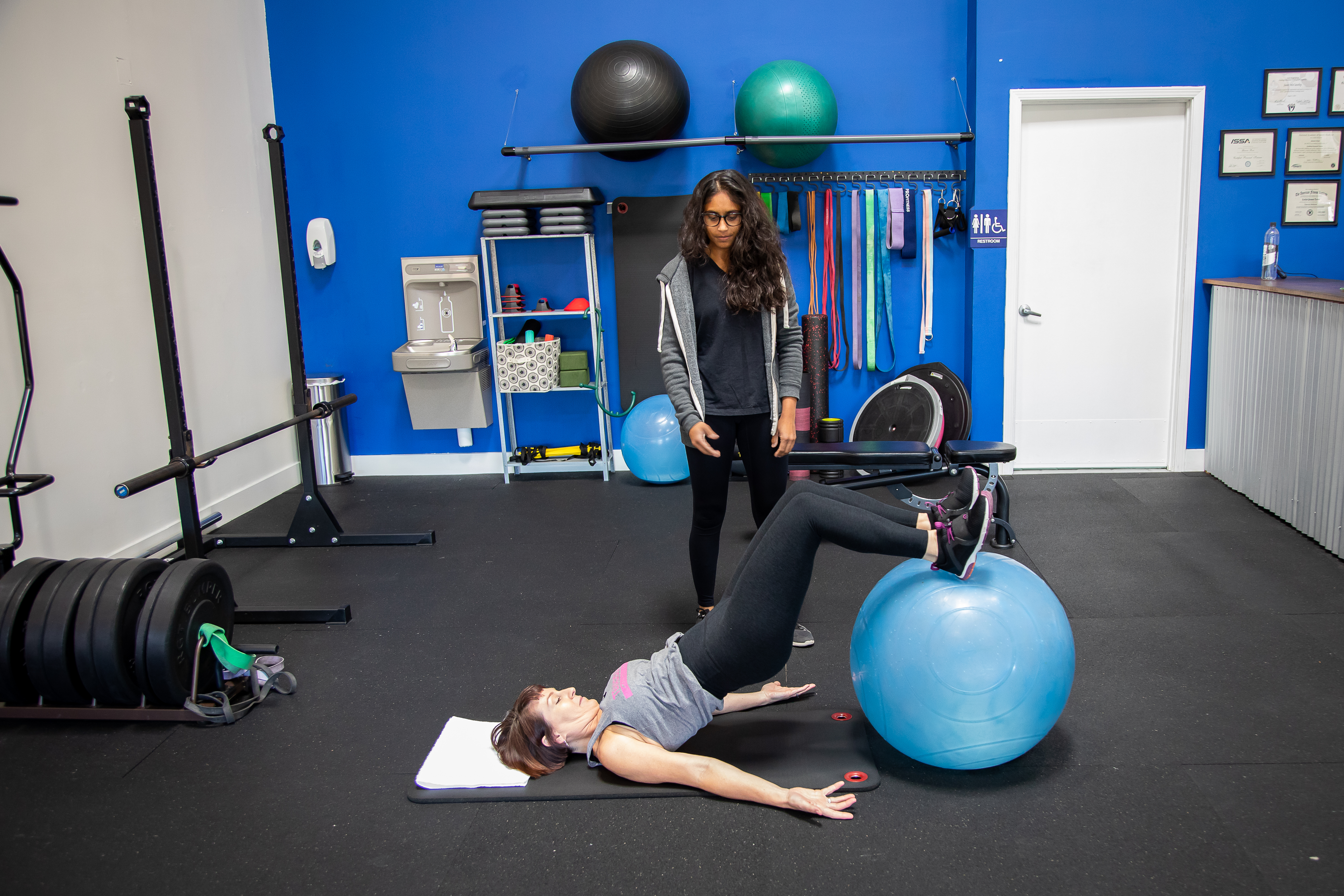Relatively simple movements one would think we should be able to do every day without even thinking about it include squatting down to pick objects off from the ground, standing up from a seated position, or ascending stairs. These everyday functional movements depend on optimally conditioned hip joints. Consisting of a ball and socket joint granting the ability to move forward, backward, side-to-side, and rotate close to a full circular range of motion, the hip joint allows the body to execute advanced functions throughout our everyday lives. The ability to decrease the elevation of the hips throughout squatting movements, hinge over from the hip joint to pick up objects, go up and down stairs, walk, hike, or jog rely on a structurally sound and strong infrastructure of the hip. Impediments to our normal functionality can become significantly threatened if there is a disruption to the hip’s structural integrity. For the readers who experience hip pain, one could appreciate how a seemingly simple movement such as walking, getting in and out of the car, or stepping up onto a curb can seem like gearing up to walk over ten yards of hot coals while barefoot. Discomfort and pain are a part of life that we don’t wish upon anyone. However, while hip pain conditions might appear like a plague that lingers like the scent of a dog freshly sprayed by a skunk, we can practice consistent exercise to support hip health.
To understand how to alleviate hip pain, it’s worthwhile to enlighten ourselves on the composition of the hip and a few basic functions. Centrally located in the body next to the spine and abdomen, the hip joint consists of the head of the femur, which inserts into a concave-shaped socket of fused pelvic bones. The head of the femur is a rounded, convex-shaped portion of bone that fits congruently into the hip socket. The labrum is a large suction-cup-like ligament originating from the inside of the hip socket. It articulates around the head of the femur, providing significant structural support that keeps the hip from traveling out of the socket and allows for a substantial rotational range of motion. An intricate yet organized network of muscles originating from the sacrum, pelvic bones, anterior portion of the spine, and tendonous sheaths of the abdomen assist in adhering the hip fit snuggly into the hip socket. Depending on the message the human in charge of the hip joints sends from the brain, through the spinal cord, out toward the motor nerves, and to the muscles. Each muscle has a unique function that abducts, adducts, flexes, extends, and rotates the hip joint. Furthermore, along the bony prominence of bones include bursae, which are fluid-filled sacks that allow for the smooth gliding of tendons over the pointier portion of bones during muscle contraction.
Inflamed, strained, and stressed hip muscles occur from multiple presentations, including prolonged sedentary periods, overuse injuries, traumatic physical injuries, or the advancement of age-related degenerative bone disease. Connective tissue absent of sufficient physical activity and exercise is threatened by inadequate supplies of blood to the site of muscles, tendons, and ligaments that produce large movements and endure substantial stress. As a result, inflammation can occur in the bursae sacks, ligaments, and tendons, leading to tendonitis, bursitis, and the potential for arthritis at the end of the hip bone. If lack of exercise is causing a decrease of oxygenated blood flow to the muscles, tendon, and ligaments holding the hip joint together, a solution to relieving pain and decreasing the likelihood of future pain increasing is to practice consistent adherence to hip injury prevention exercises.
A few exercises we conduct with our personal training clients every time they arrive for their training sessions include a hip movement preparation routine. No matter what specific exercises we have in line for them, they will always rehearse a hip movement prep. routine that activates the hip muscles before entering into any compound and compressive resistance training tactics. Here is an example of an exercise we include to activate the gluteal muscles, adductors, and abductors of the hip:
Supine Isometric Single Leg Hip Extension: To perform the supine isometric single leg hip extension, start by positioning yourself flat on the ground with your arms extended and your knees bent. Keep one leg bent and the foot of the supporting leg flat on the ground, and extend the opposite knee toward the front of the body. Press your stabilizing foot into the ground and lift the hips upward until a brief muscular sensation is experienced in the hamstrings and glutes. Once your hips are extended upward, hold this position utilizing your glutes and hamstrings to stabilize the hips in an extended position for 10 to 30 seconds. Repeat this movement on the opposite leg.
Similar to taking your vitamins every morning to improve the immune system and fend off illness, movement prep. exercises for the hip should be rehearsed in a similar ritual when preparing the body for exercise. Not only will movement prep. exercises prevent injuries to the hip, but the compounding effects of practicing these tactics before every training session have the potential to significantly impact avoiding hip strains, decreasing the onset of arthritis, and alleviating nagging hip pain.
Sean McCawley, the founder and owner of Napa Tenacious Fitness in Napa, CA, welcomes questions and comments. Reach him at 707-287-2727, napatenacious@gmail.com, or visit the website napatenaciousfitness.com.










